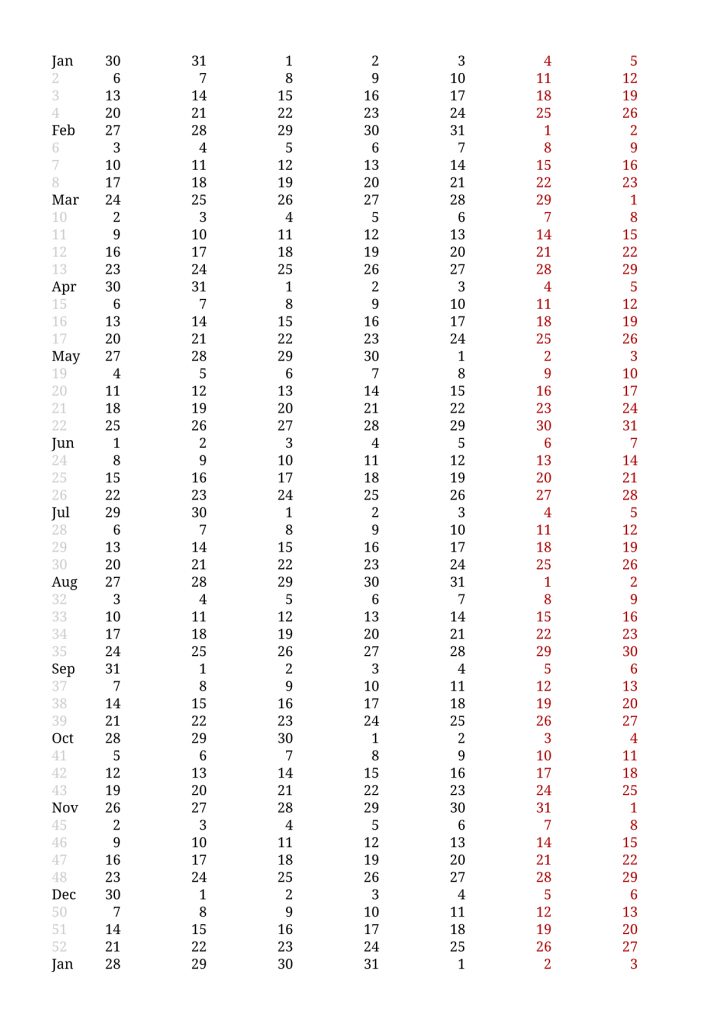About a year ago Jetbrains released Kotlin 1.0, a new JVM-based programming language. I took a short look at it and pretty much immediately fell in love with it: it is very similar to Java, uses considerably less boiler-plate, has properties, improved collection interfaces (while using all the known java.util stuff under the hood), and lambdas.
I started to introduce it in the company I currently work for and nobody who has used it for more than two lines wants to go back to writing Java code.
Needless to say, I started using it for my private projects, too. One of the good things about Kotlin is that it integrates with existing Java code very nicely. Compiling Java and Kotlin source code with Gradle with both parts depending on the other works out of the box. Java code can use Kotlin classes and the other way around with pretty much no restriction. This makes it very easy to update existing projects: write new code in Kotlin, continue using the old Java code until it’s time to replace it.
So far, Sone profitted from Kotlin most of all: as I am in the process of writing lots and lots of tests for everything that Sone does (and it is amazing how many bugs you find once you actually unit test your code) the news tests will – of course – be written in Kotlin. I also already added some new features to Sone, again using Kotlin.
Several places in Sone collect elements (such as posts) from all over the place, filter them, sort them, all using Guava and Java 1.6-compatible syntax only. This requires a lot of extra code to be written. Take a look at this:
Collection posts = new ArrayList<>(sone.getPosts());
for (String friend : sone.getFriends()) {
Optional friendSone = core.getSone(friend);
if (!friendSone.isPresent()) {
continue;
}
posts.addAll(friendSone.get().getPosts());
}
posts.addAll(core.getDirectedPosts(sone));
posts = Collections.filter(posts, Post.FUTURE_FILTER);
posts = Collections.sort(posts, Post.DESCENDING_BY_TIME);Code very similar to this exists in several places in Sone. Now take a look at the equivalent Kotlin code:
val posts = (sone.posts +
sone.friends.mapNotNull(core::getSone).map(Sone::posts) +
core.getDirectedPosts(sone))
.filter { it.time <= System.currentTimeMillis() }
.sortedByDescending { it.time }
Now go ahead and tell me that this isn’t better (this even works for almost arbitrary definitions of “better.” Yes, Kotlin is just that good).
In addition to actually making me want to work on Sone again it will also reduce the amount of production code in Sone, making it easier to review. However, as I don’t expect any review activity to take place before 2030 (and probably not even before the Great Singularity™) this was not a criterium which played any role in my decision to gradually convert Sone to Kotlin.
Simply put: Kotlin makes programming fun again.
